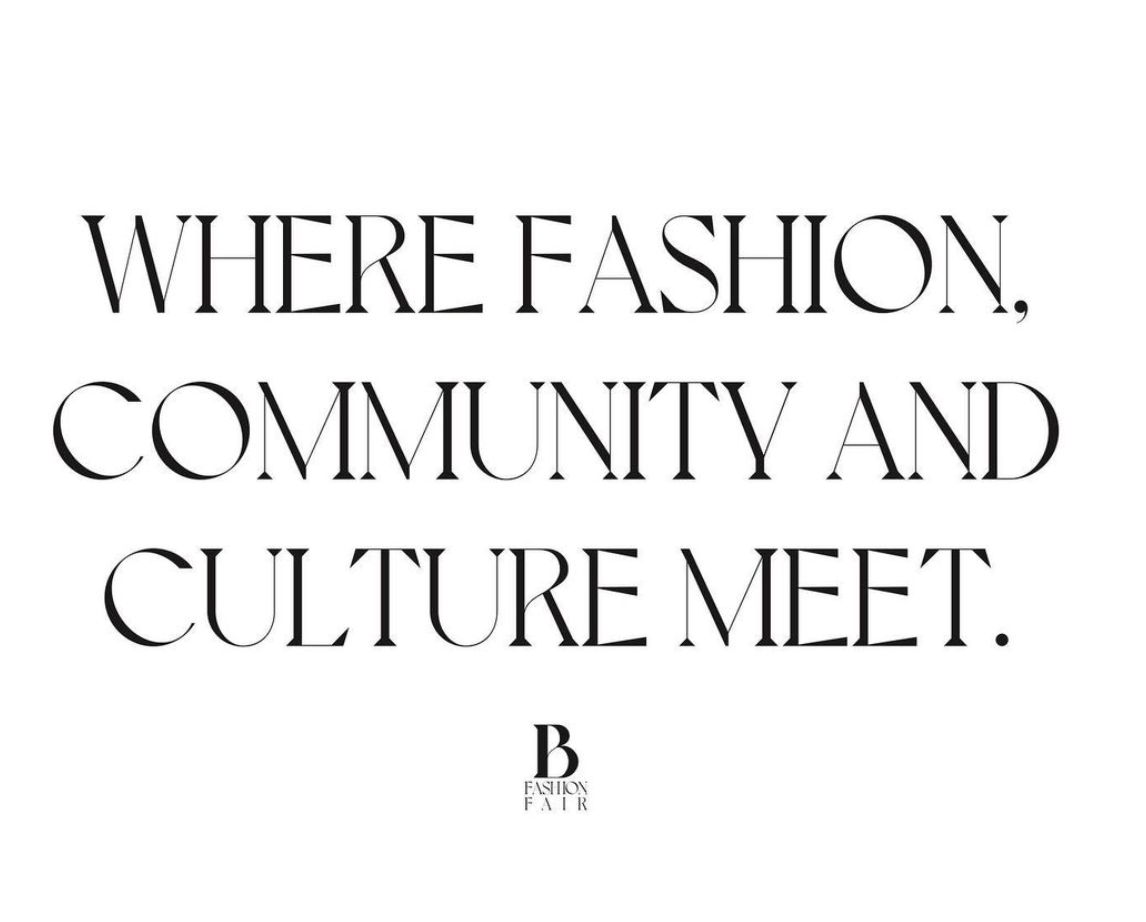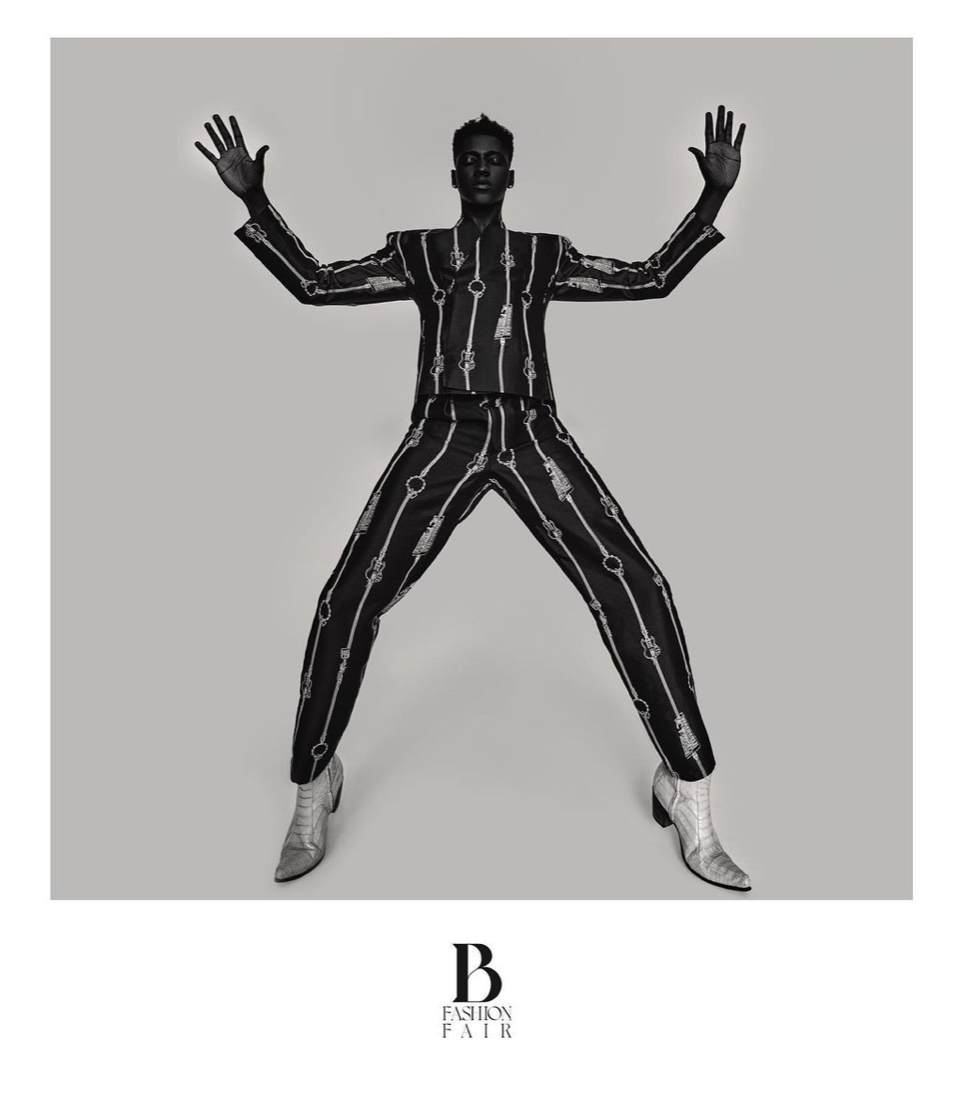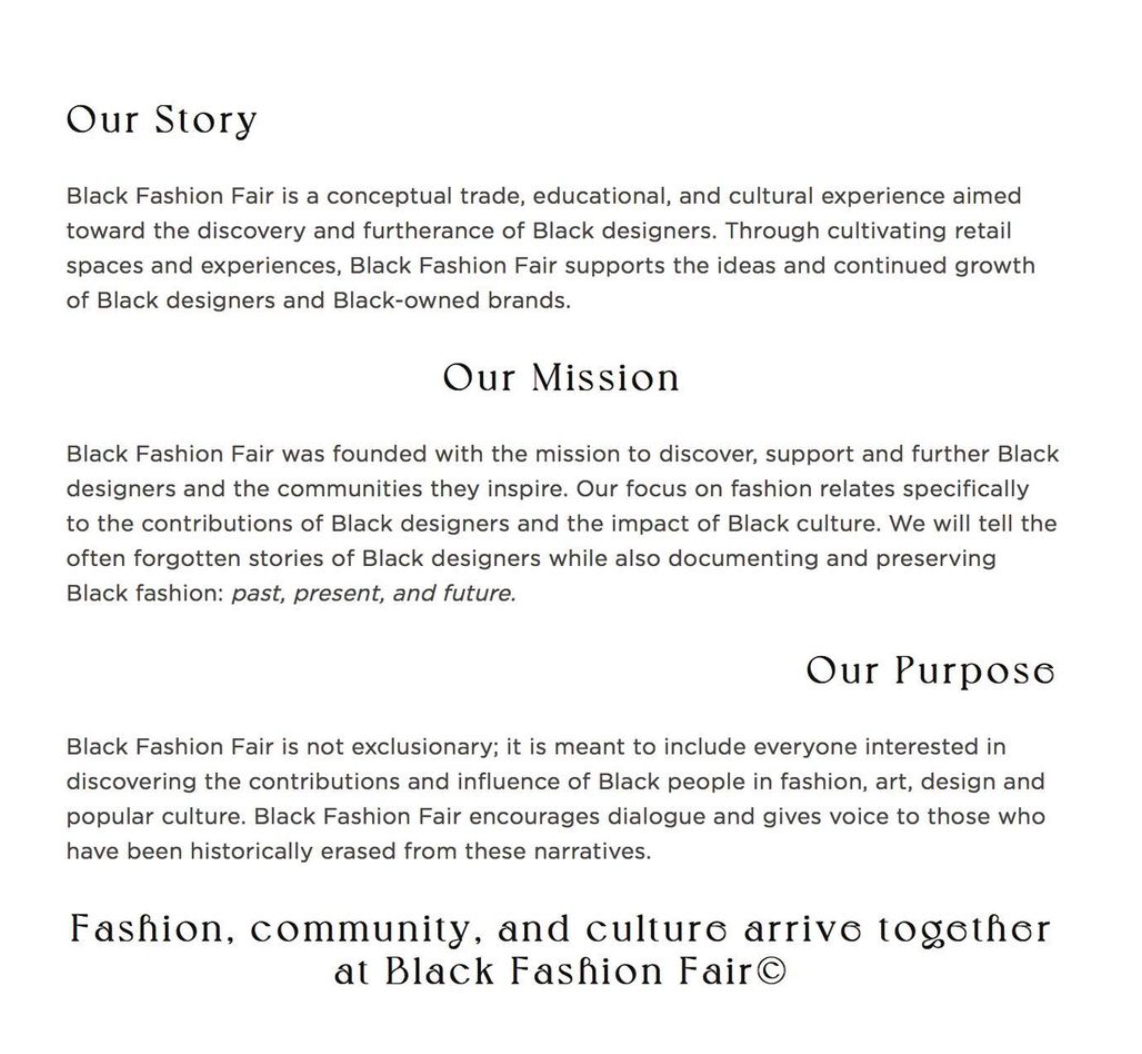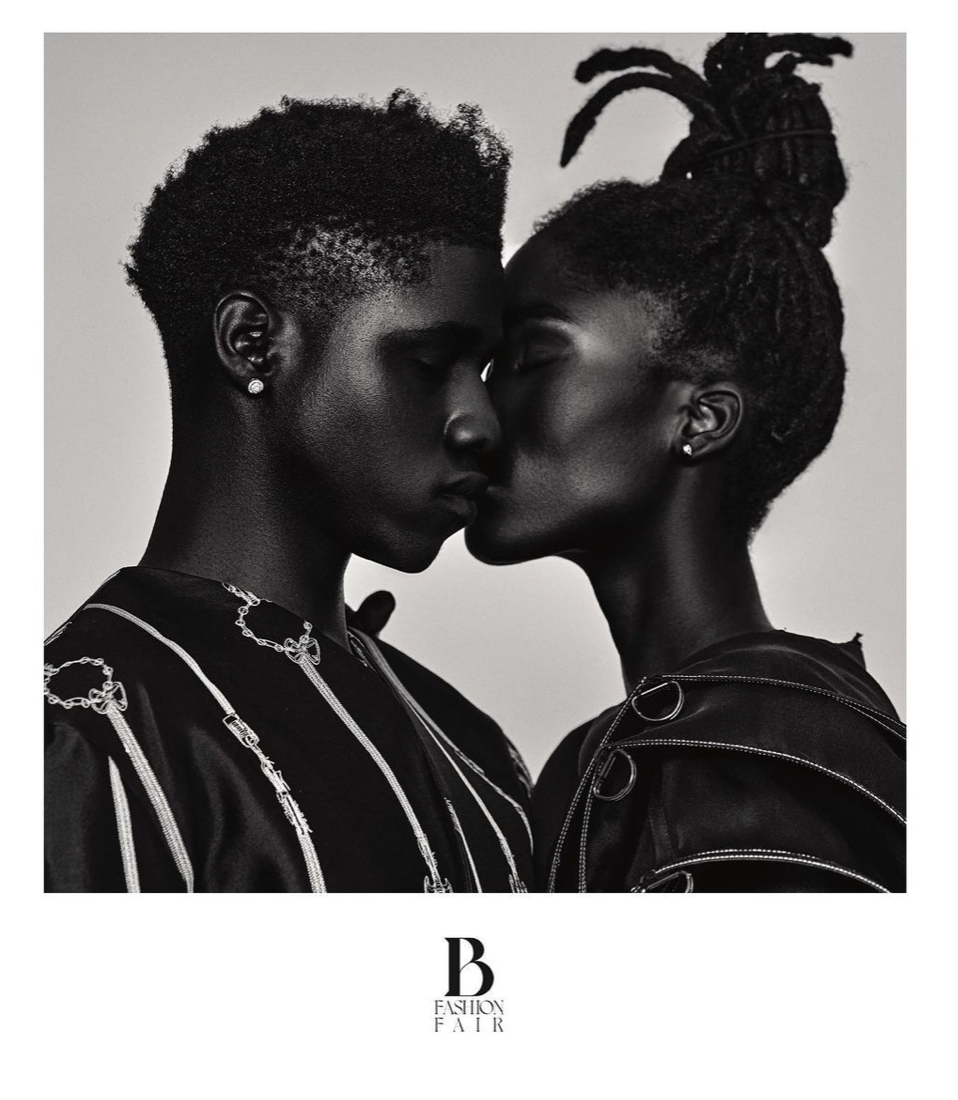New in Black History: Black Fashion Fair
When it comes to voices in the fashion industry, very few are as focused on diversity and inclusivity as Antoine Gregory. Known on Twitter as @bibbygregory, Antoine has solidified himself as not only a stylist but a fashion commentator to be reckoned with. Bibby, as his peers call him, is not one to shy away from calling out the fashion industry—especially when it comes to its lack of diversity. After years of being one of the only black people in the room, Gregory took the first step in disrupting the current lack of representation within the industry. In honor of Black History Month, let's take a look at the newest journal entry in the long history book of Black excellence: Black Fashion Fair.
Source: Harper’s Bazaar
Black Fashion Fair (BFF) is an immersive online platform where Black fashion designers take center stage, which isn’t very common within the fashion industry. Launched in September of 2020, BFF couldn’t have come at a better time. In the wake of a heavy political climate where Black lives continue to be mistreated and disregarded, Gregory and BFF served as a beacon of hope within the darkness. With the Black Lives Matter movement gaining momentum over the summer, BFF was a way for Black lives and creatives to be uplifted and celebrated within the fashion industry.
But the idea for BFF was actually born a long time before its debut in 2020. In 2016, Gregory created a Twitter thread titled “Black Designers You Should Know” listing the names and websites of designers, including Carly Cushnie, James Flemons, LaQuan Smith, Hanifa, Kerby Jean-Raymond, and more. These were the early stages in the conception of BFF.
Source: Harper’s Bazaar
Black Fashion Fair and Theophilio capsule collection
From the moment you visit the BFF website, it is a celebration of Black culture in fashion—which should have been heavily credited by the industry years ago (see: Dapper Dan). The website serves as an online database: Black designers are listed from A to Z and a virtual marketplace with a curation of Black designers both emerging and established handpicked by Gregory himself.
The homepage showcases BFF’s first in-house editorial, shot by AB+DM, a Black fashion photography duo who has shot names such as Zendaya, Viola Davis, and Cardi B, just to name a few. The editorial was styled by Gregory and features pieces by Kerby Jean-Raymond for Pyer Moss SS ‘20. Every detail meticulously thought out, Gregory made sure that he wasn’t just creating opportunities for black designers; he embedded black culture and black creatives into every layer of production.
Source: Harper’s Bazaar
Every decision at this level is another example of him working tirelessly to make sure that these designers, creatives, photographers, and models are getting the recognition they deserve. Designers are listed A-Z, using their full legal names rather than the name of their brands. This was intentional to make sure that fashion-insiders can distinguish Black designers from the brands that they run.
When Gregory spoke to Harper’s Bazaar in August 2020, he told them that ”even up until a few days ago, I still hear people refer to Kerby Jean-Raymond as Pyer Moss, and that's not his name, that's the brand, and he is a person," Gregory explains. "And I think that happens all the time where Black people aren't known by name or by what their contributions have been to the industry and the fashion. I really don't want to live in a state where Black people are still living in the shadows of the industry."
“They’ll erase us from history so you don’t know Black designers by name, and you don’t know their contributions. That doesn’t happen to white designers, that doesn’t happen to Ricardo Tisci, or Kim Jones, or even a lesser-known designer, or at any fashion house. We deserve that same respect.”
BFF has also ensured that recognition isn’t the only thing it is giving back. Fifteen percent of sales made through BFF go back into the Black fashion community with initiatives such as upcoming student programs and financial budgets to produce Black-centered editorials and fashion stories that Gregory plans on showcasing on the website.
Gregory’s contribution to Black History in fashion is one that might be easy to overlook now in its early stages. It's very easy to look a the fashion industry, one ruled by capitalism, and say, “how will this leave a footprint in culture?” But that is the beauty of representation. You don’t necessarily see it working before you, but you will definitely feel it later on. BFF is showing an entire generation of people that are into fashion, that other people look like them and are also into fashion.
Source: Black Fashion Fair
For Black creatives, seeing themselves on the homepage of BFF or in the directory of designers could make all the difference. When you are used to seeing people that don’t look like you grace the covers of magazines and dress all the famous celebrities, it might be easy to think that you are not welcome in that space. What Gregory and BFF are doing is not only showing young Black creatives that they are welcome in these spaces, but they have been here for as long as anyone can remember. They have worked hard to leave their legacies for a newer generation to continue to fight the good fight.
The work that Gregory and BFF have set out to do is far from complete. Gregory hopes that in its height, BFF will be utilized as an educational space meant to inspire the next generation of fashion creators, further pushing the concept of creating a legacy for Black creatives. What Gregory has created is a hub of fashion and culture, for the people, by the people. No doubt, this will not be the last time you are hearing about him or Black Fashion Fair.










